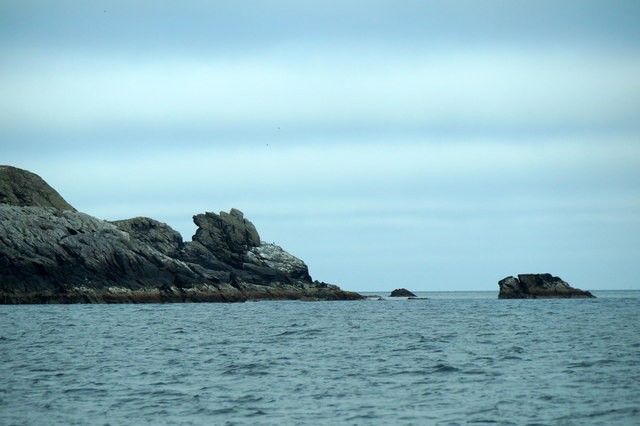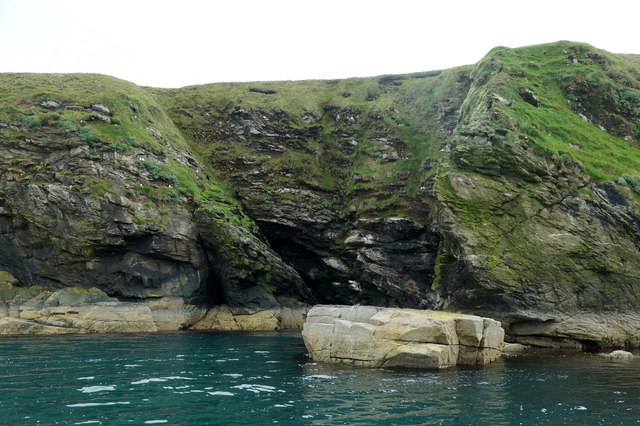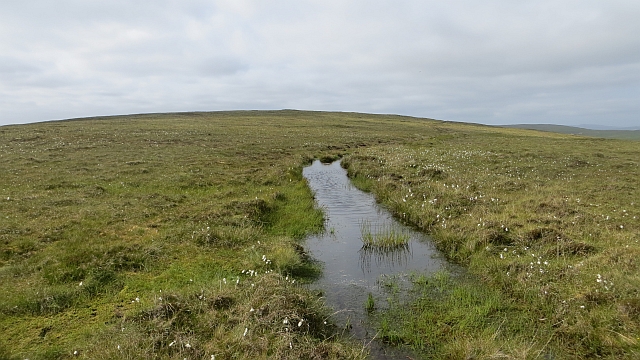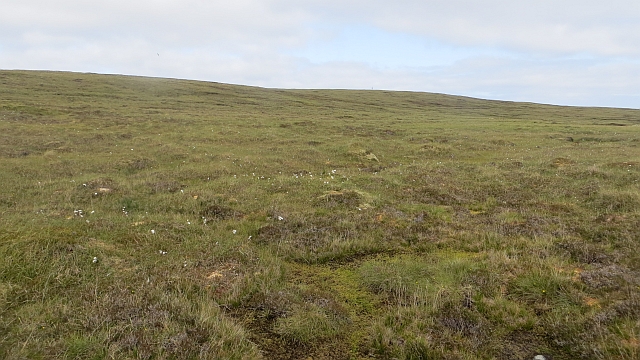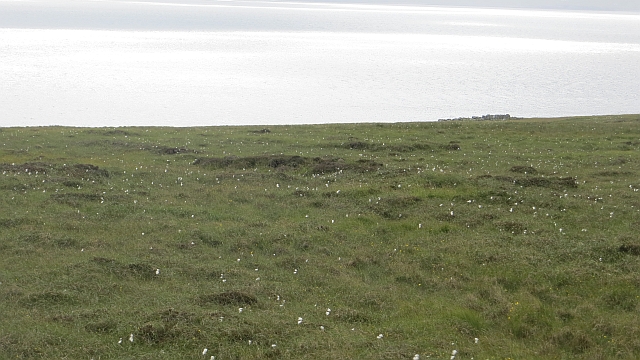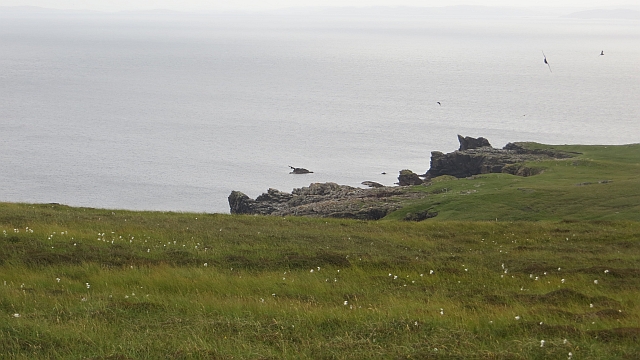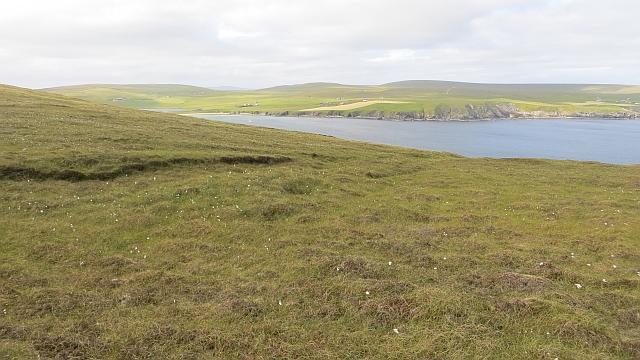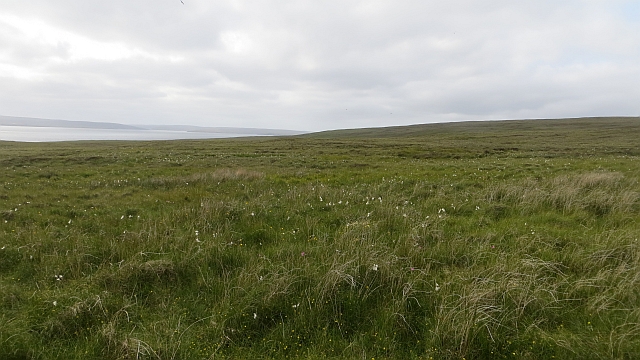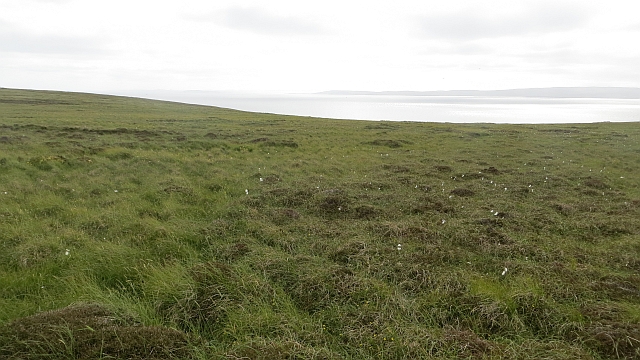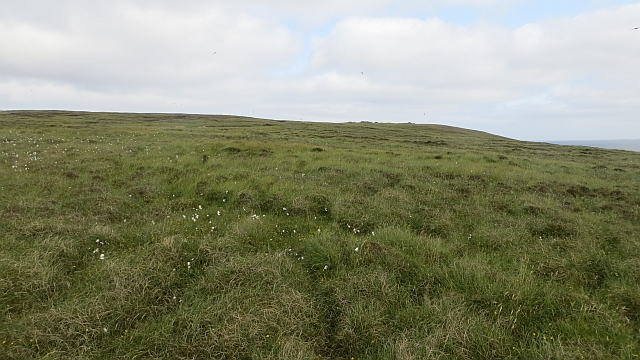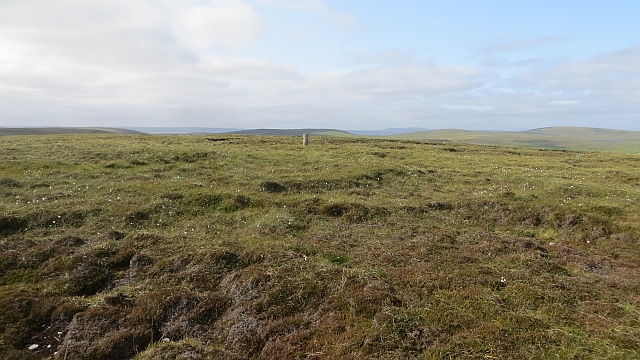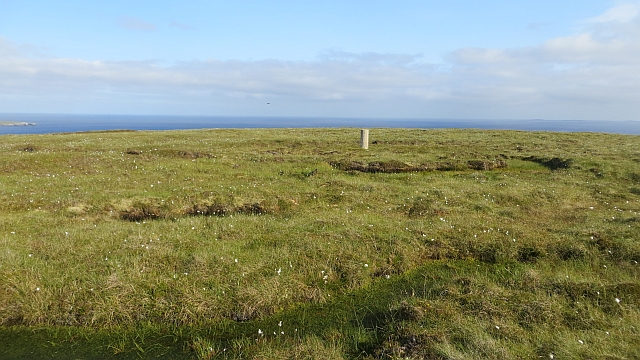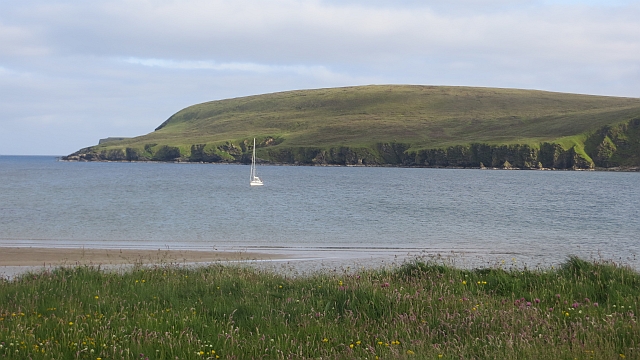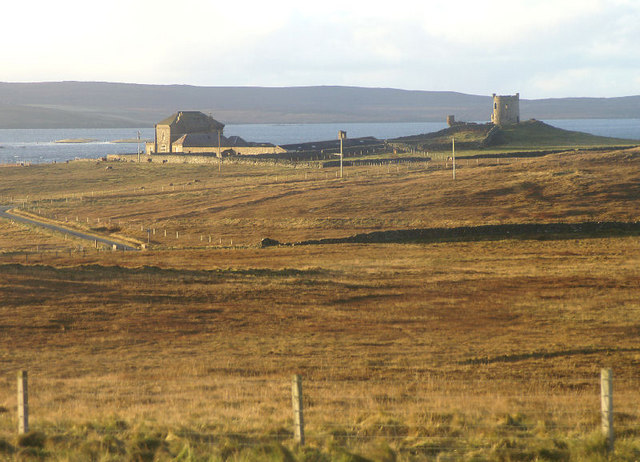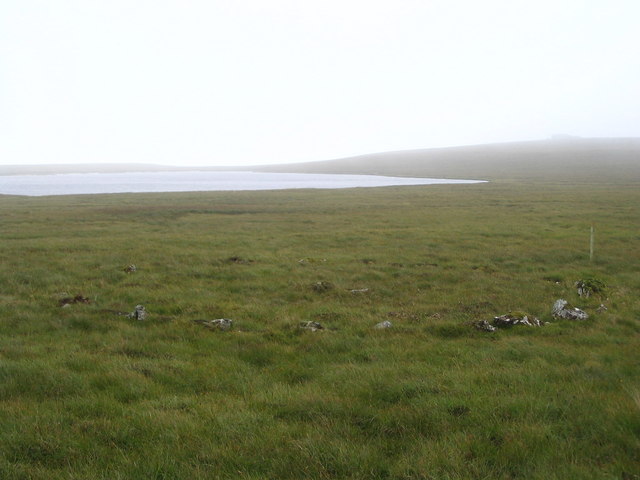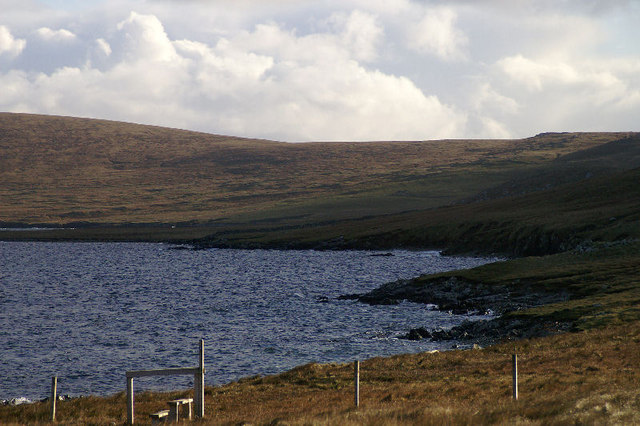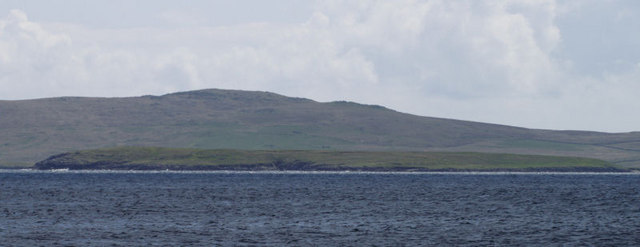Stackan Longa
Coastal Feature, Headland, Point in Shetland
Scotland
Stackan Longa
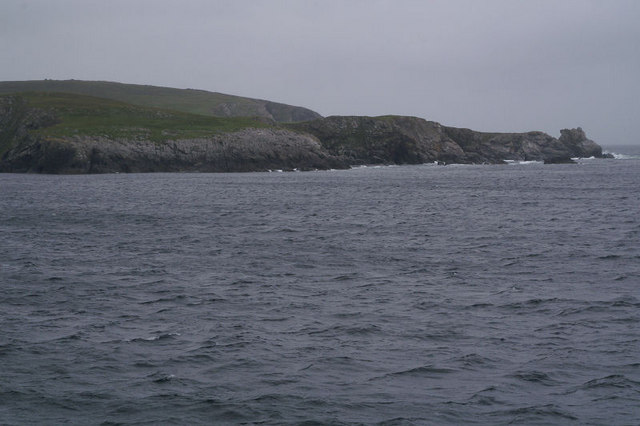
Stackan Longa is a prominent coastal feature located in the Shetland Islands, an archipelago in Scotland. It is specifically situated on the eastern coast of the mainland, near the town of Lerwick. Stackan Longa is a headland, also referred to as a point, that juts out into the North Sea, offering breathtaking views and unique geological formations.
The headland is characterized by its rugged cliffs, which rise dramatically from the water, reaching heights of around 50 meters. These steep cliffs are composed of layers of sedimentary rock, showcasing a range of colors, including shades of red, brown, and gray. Over time, erosion has sculpted the cliffs, creating caves, sea stacks, and arches that add to the natural beauty of the area.
One of the most notable features of Stackan Longa is its sea stack, a tall isolated rock formation that stands just off the headland. This sea stack, known as The Needle, is an iconic landmark of the Shetland Islands and is a popular spot for birdwatching, as it provides a nesting site for seabirds such as fulmars and puffins.
Visitors to Stackan Longa can enjoy stunning coastal walks along the headland, taking in the panoramic views of the North Sea and the surrounding rugged coastline. The area is also a haven for wildlife, with seals often spotted in the waters below and various seabird species soaring above.
In summary, Stackan Longa is a captivating headland on the eastern coast of the Shetland Islands. Its towering cliffs, unique rock formations, and abundant wildlife make it a must-visit destination for nature lovers and those seeking a glimpse of Scotland's stunning coastal landscapes.
If you have any feedback on the listing, please let us know in the comments section below.
Stackan Longa Images
Images are sourced within 2km of 60.576391/-0.91071761 or Grid Reference HU5988. Thanks to Geograph Open Source API. All images are credited.
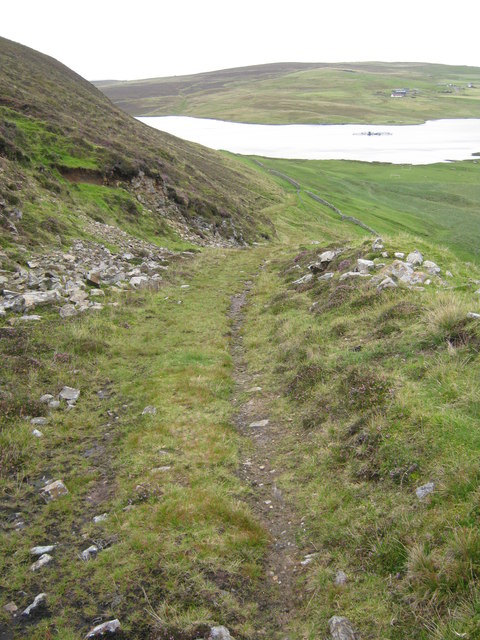
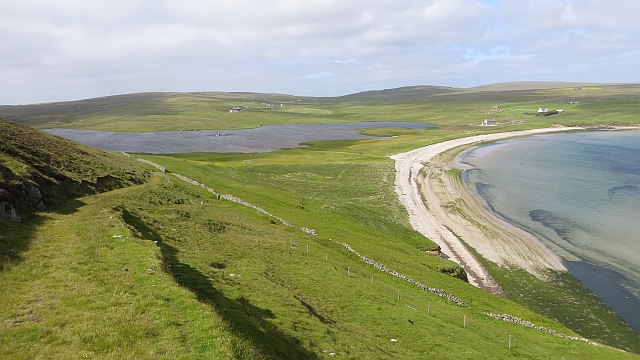
Stackan Longa is located at Grid Ref: HU5988 (Lat: 60.576391, Lng: -0.91071761)
Unitary Authority: Shetland Islands
Police Authority: Highlands and Islands
What 3 Words
///pacemaker.troubled.trudges. Near Houbie, Shetland Islands
Nearby Locations
Related Wikis
Fetlar
Fetlar (Scots: Fetlar) is one of the North Isles of Shetland, Scotland, with a usually resident population of 61 at the time of the 2011 census. Its main...
Brough Lodge
Brough Lodge is a 19th-century Gothic mansion on Fetlar, one of the Shetland Islands, in northern Scotland. Built by the Nicolson family, who were responsible...
Haltadans
Haltadans, also known as Fairy Ring or Haltadans stone circle, is a stone circle on the island of Fetlar in Shetland, Scotland. This site is a ring of...
Funzie Girt
Funzie Girt (; Scots: Funyie Girt "Finns' dyke") is an ancient dividing wall that was erected from north to south across the island of Fetlar in Shetland...
Hascosay
Hascosay (Scots: Hascosay; Old Norse "Hafskotsey") is a small island lying between Yell and Fetlar in the Shetland Islands, Scotland. == Geography and... ==
Hamars Ness
Hamars Ness is a headland on the island of Fetlar in Shetland, Scotland. The name is from the Old Norse Hamarsnes meaning "craggy headland". A ro-ro ferry...
Urie Lingey
For other islands with similar names, see Linga (disambiguation) Urie Lingey is one of the Shetland Islands. It is between Fetlar and Unst, and Yell is...
Aywick
Aywick is a small settlement on the east side of Yell, an island forming part of the Shetland Islands north of Scotland.The naturalist Bobby Tulloch was...
Have you been to Stackan Longa?
Leave your review of Stackan Longa below (or comments, questions and feedback).
